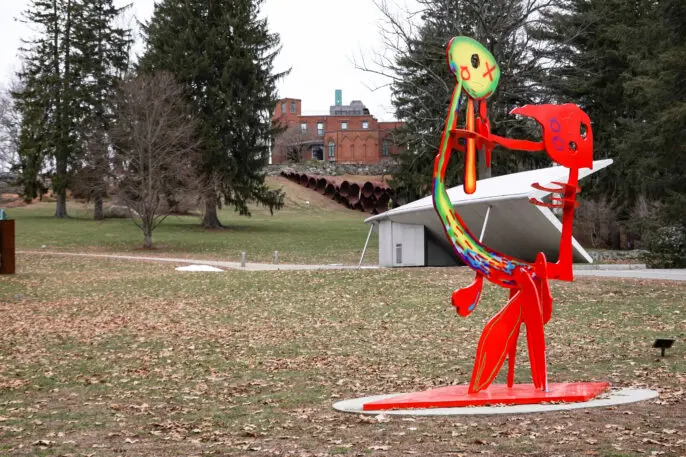On July 3, President Donald Trump issued an executive order calling for the creation of a “National Garden of American Heroes.” This garden would be a statuary park featuring likenesses of Americans deemed historically significant by the administration. Thirty-one subjects are listed by name, and range from Harriet Tubman to Ronald Reagan to Davy Crockett to Antonin Scalia. The order calls for the garden to open on “a site of natural beauty” by July 2026.
The executive order is not simply a neutral impulse to honor American history. Referring to statues as “silent teachers in solid form of stone and metal,” it condemns recent instances of protesters and local governments removing statues depicting notoriously racist figures from the past. Monuments targeted include those representing high-ranking members of the Confederacy, perpetuators of the slave trade, and symbols of colonialism.
The White House has condemned these acts. “These statues are not ours alone, to be discarded at the whim of those inflamed by fashionable political passions; they belong to generations that have come before us and to generations yet unborn,” the order states. It goes on to create an Interagency Task Force for Building and Rebuilding Monuments to American Heroes.
In a July 4 speech at Mount Rushmore, Trump referred to those removing statues as “angry mobs” who are trying to “unleash a wave of violent crime in our cities.”
“Our nation is witnessing a merciless campaign to wipe out our history, defame our heroes, erase our values, and indoctrinate our children,” Trump said, before boos from the audience. His executive order, with no hint of subtlety, aims to counteract the actions of these protestors by rebuilding some of those physical emblems of the nation’s past and celebrating a select group of individuals that reflect not just the history of the country but the biases of its current leadership.
But according to those who’ve designed and operated sculpture parks, these spaces are much more than a three-dimensional hall of portraits.
Gary Hilderbrand is a landscape architect and cofounder of the Boston-based firm Reed Hilderbrand, which has designed projects throughout the U.S., including the New Orleans Museum of Art Besthoff Sculpture Garden and the DeCordova Sculpture Park and Museum in Lincoln, Massachusetts.

Hilderbrand’s firm coincidentally just completed a six-month study of the tidal basin of Washington, D.C. as part of an effort to address recurring subsidence and flooding in the National Mall. It’s a topic he’ll be exploring further this fall in a course at Harvard’s Graduate School of Design, where he is a professor.
Hilderbrand says that in contrast to the ideals of creating a commons in the form of the National Mall, the guidelines put forward in the executive order are too limiting and biased. They also seem out of step with modern society. “I think we are at a time when we should be commemorating events and social change and not people,” Hilderbrand says, pointing to the drawn-out debates over the design of the Eisenhower Memorial in Washington. It’s “proof that even [for] someone who’s been dead for a half-century and who’s an interesting American figure, you just can’t make a statue.

From a museum perspective, Weyns says the White House proposal does at least start a conversation. “That art is being used to tell a story of power is significant,” Weyns says. “That is something worth debating or thinking about.”
But for Hilderbrand, the proposal feels more like a wasted opportunity. “I do think the public realm is the place where we can give expression to the kind of society that we want, the kind of people that we want to be,” he says. “I think that’s our job. And I think a directive like this is already too specific, and too pitched, too sided.”

That such figures from the country’s past will be remembered and studied is undeniable. Whether they’re honored will be up to the visitors of this potential park to decide.
Recognize your brand’s excellence by applying to this year’s Brands That Matter Awards before the early-rate deadline, May 3.
